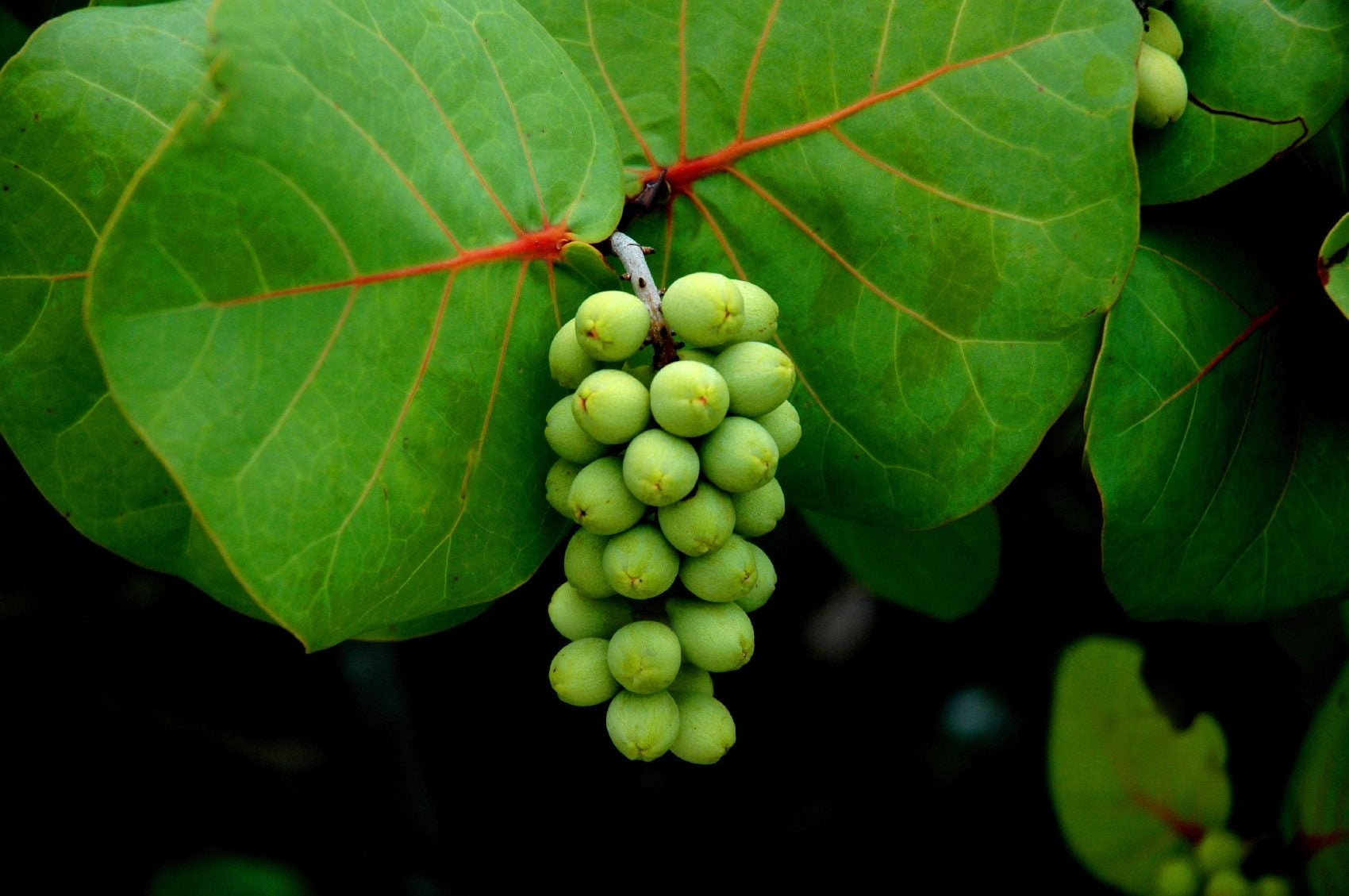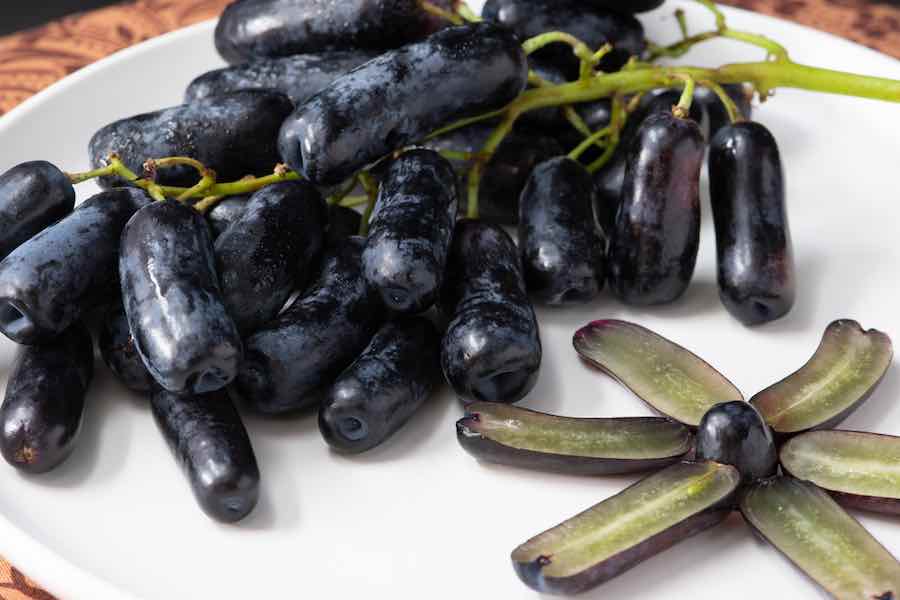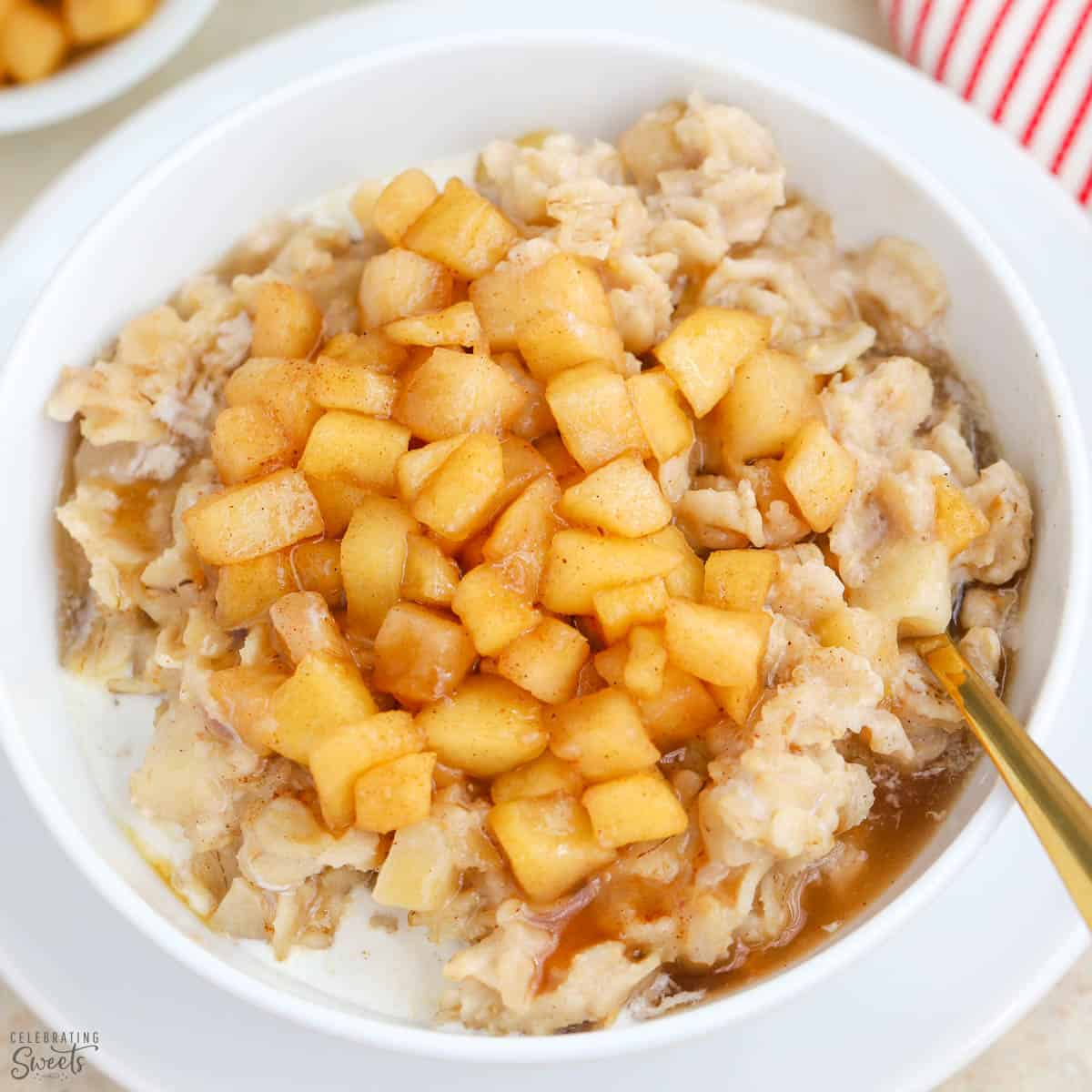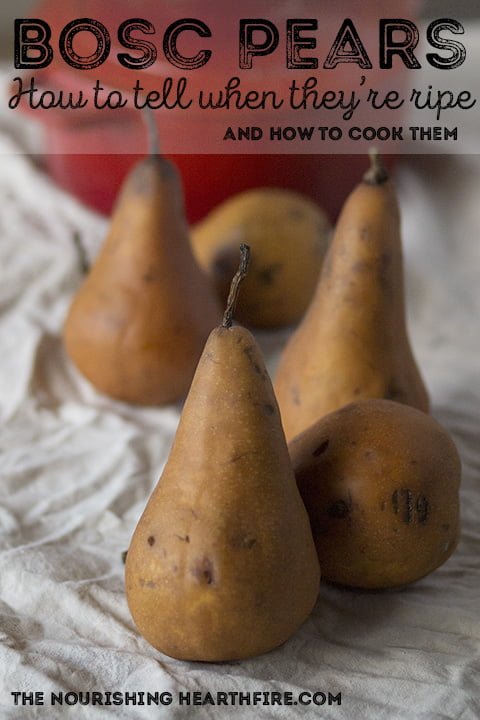You’re about to discover the fascinating world of sea grapes – a unique and delicious delicacy that you may have never heard of before. Sea grapes, also known as “green caviar,” are a type of algae that thrive in tropical waters. These tiny, translucent beads burst with a juicy, briny flavor that captures the essence of the ocean. In this article, you’ll learn all about sea grapes, their culinary uses, and their incredible health benefits. Prepare to be intrigued by this extraordinary marine treasure!
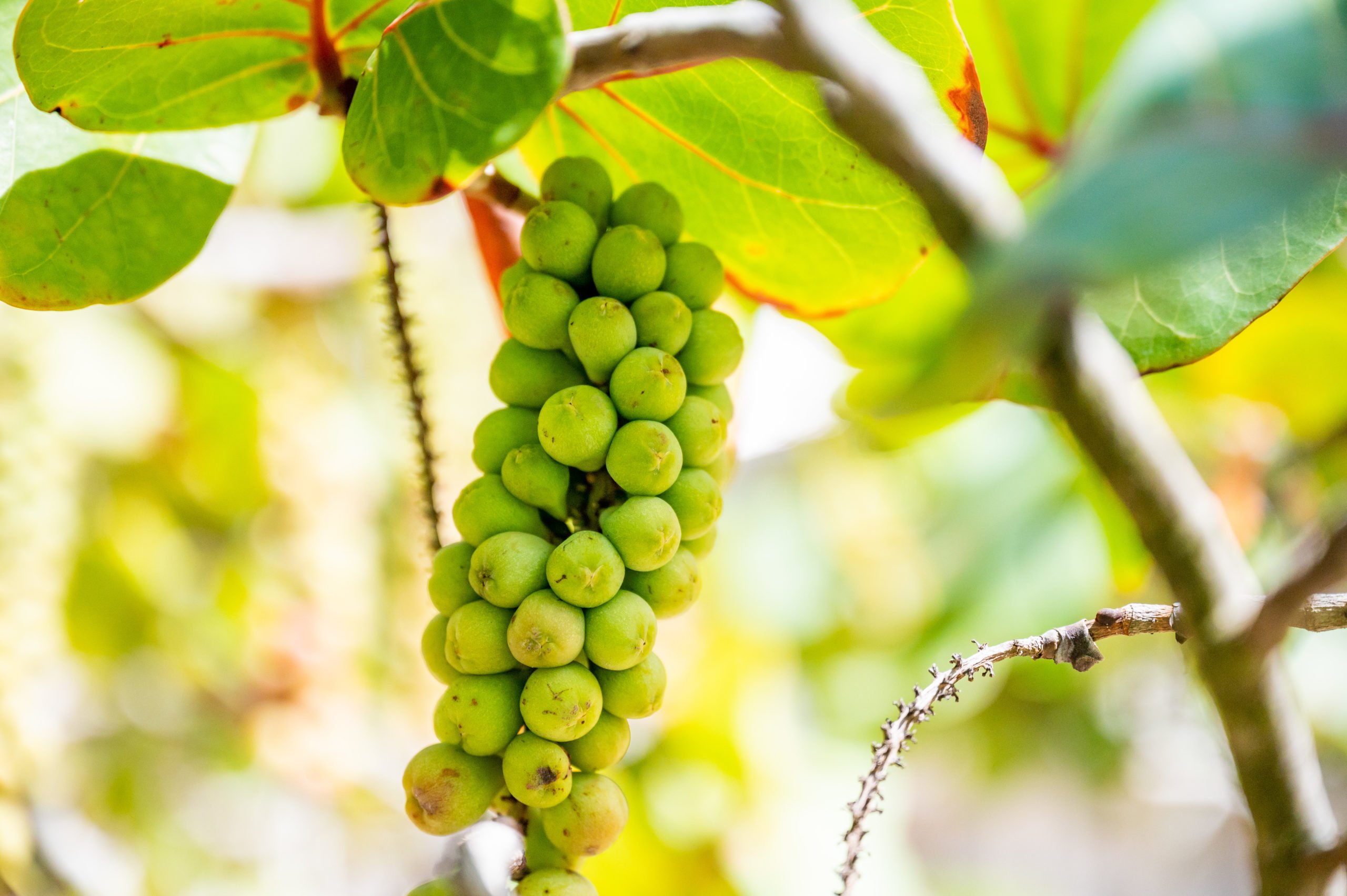
What You Need to Know About Sea Grapes
Sea grapes, also known as Caulerpa lentillifera, are a type of edible seaweed that is widely consumed in various cuisines around the world. These unique marine plants are popular for their succulent texture, refreshing taste, and abundant nutritional benefits. In this article, we will delve into the various aspects of sea grapes, including their appearance, habitat, culinary uses, nutritional value, health benefits, cultivation and harvesting methods, common varieties, environmental impact, and conservation efforts.
What are Sea Grapes
Introduction to Sea Grapes
Sea grapes are a species of green algae that belong to the genus Caulerpa within the family Caulerpaceae. They are native to the Indo-Pacific region and are commonly found along the coastlines of Southeast Asia, Japan, the Philippines, and Vietnam. These marine plants thrive in subtropical and tropical waters, especially in shallow, sandy or rocky areas close to the shore.
Taxonomy and Scientific Classification
Sea grapes are scientifically classified as Caulerpa lentillifera. They are part of the green algae division, Chlorophyta, which includes various other types of seaweed and freshwater algae. The genus Caulerpa comprises over 70 species, and Caulerpa lentillifera is one of the most well-known and widely consumed varieties.
Origin and Evolution
Sea grapes have a long history of consumption and cultivation in Asian countries. They have been used in traditional gastronomy for centuries and were initially harvested from the wild. In recent years, cultivation of sea grapes has gained popularity due to the increasing demand for this unique seaweed. While their exact origin is uncertain, sea grapes are believed to have originated in Southeast Asia, where they have been an integral part of the local cuisine and culture for generations.
Unique Characteristics
One of the most distinct characteristics of sea grapes is their grape-like appearance, hence the name “sea grapes.” These marine plants consist of long, slender branches with small, round, grape-shaped leaves attached to them. The leaves, which are actually individual blades, are tightly packed together, creating a cluster that resembles a bunch of grapes. Sea grapes have a vibrant green color and a slightly translucent texture. When consumed, they offer a unique combination of a crunchy exterior and a juicy, gelatinous interior, which adds to their culinary appeal.
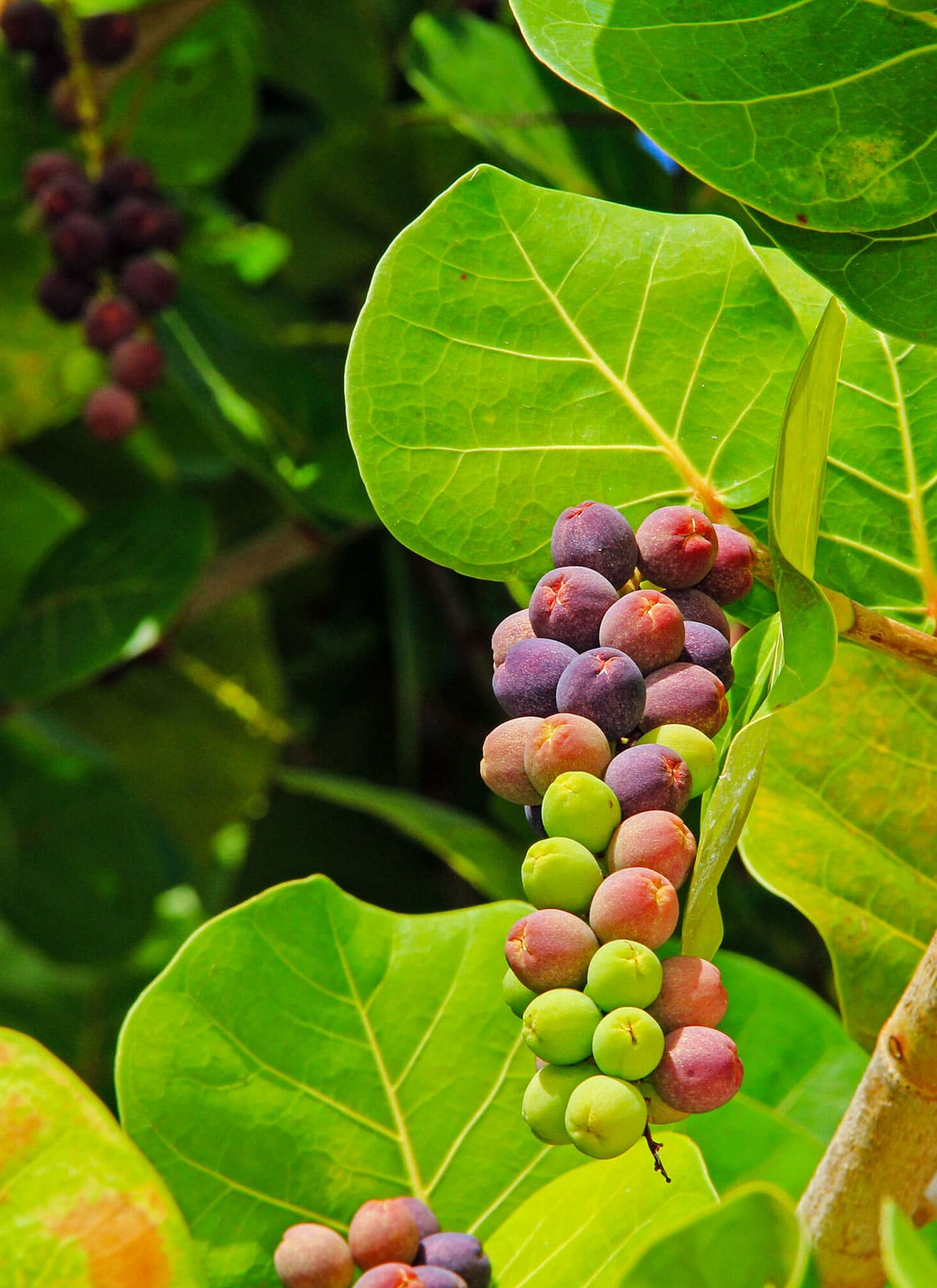
Appearance and Characteristics
Overview of Appearance
Sea grapes have a distinct and visually appealing appearance, making them easily recognizable. The plant consists of a central stem from which numerous long, slender branches emerge. Along these branches, small round leaves are densely packed together, forming clusters that resemble grape bunches. The leaves vary in size but are typically around 1-2 centimeters in diameter.
Size and Shape
Individually, the leaves of sea grapes are small and round, resembling lentils in shape. They are attached to the branches via short, thin stems. The overall size of the sea grape plant can vary depending on its age and growing conditions. Young plants generally have shorter branches and smaller leaves, while mature plants can grow up to 30 centimeters in height, with longer branches and larger leaves.
Leaf Structure
The leaves of sea grapes are unique in structure, consisting of a central membrane surrounded by a thin, translucent layer. This layered structure gives the leaves a gelatinous texture and an interesting mouthfeel when consumed. The central membrane contains chloroplasts, which are responsible for photosynthesis and give the leaves their vibrant green color.
Color and Texture
Sea grapes have a vibrant green color, similar to that of other leafy vegetables. The leaves appear translucent and slightly glossy, adding to their visual appeal. When touched, sea grapes feel delicate and somewhat squishy due to their gelatinous interior. The outer layer of the leaves provides a slight crunch, while the internal gel-like texture offers a refreshing burst of juiciness when bitten into.
Habitat and Distribution
Preferred Habitat
Sea grapes thrive in a specific habitat that provides them with the necessary conditions to grow and reproduce. They are primarily found in warm, subtropical and tropical waters, as they require a water temperature between 20 and 30 degrees Celsius. These marine plants prefer sandy or rocky substrates, which allow their root-like structures, known as holdfasts, to anchor themselves firmly. They are commonly found in shallow areas close to the shore, where they are exposed to sunlight, essential for their photosynthesis.
Global Distribution
Sea grapes have a wide global distribution, being naturally found in various regions around the world. They are native to the Indo-Pacific region, including countries such as Indonesia, Malaysia, Thailand, the Philippines, Japan, and Vietnam. Additionally, sea grapes can be found in other parts of the world, including parts of the Caribbean, Central America, and Africa. In recent years, due to their growing popularity, there have been efforts to introduce sea grape cultivation in other tropical and subtropical regions.
Natural Range
The natural range of sea grapes is primarily concentrated in the Indo-Pacific region, specifically in Southeast Asia. The warm waters of this region provide the ideal conditions for sea grapes to thrive. In these areas, sea grapes can be found along the coastlines and in shallow waters, forming dense colonies. Along with their natural habitat, they are also a common sight in local markets, where they are harvested and sold for culinary purposes.
Invasive Species
While sea grapes are native to certain regions, they have also been introduced to other parts of the world and have the potential to become invasive. Their fast growth rate and reproductive capacity can lead to the displacement of native species and disruption of local ecosystems. In some areas, sea grapes are considered invasive species and efforts are made to control and manage their spread. It is crucial to maintain a balance between cultivation and conservation to prevent ecological imbalances.
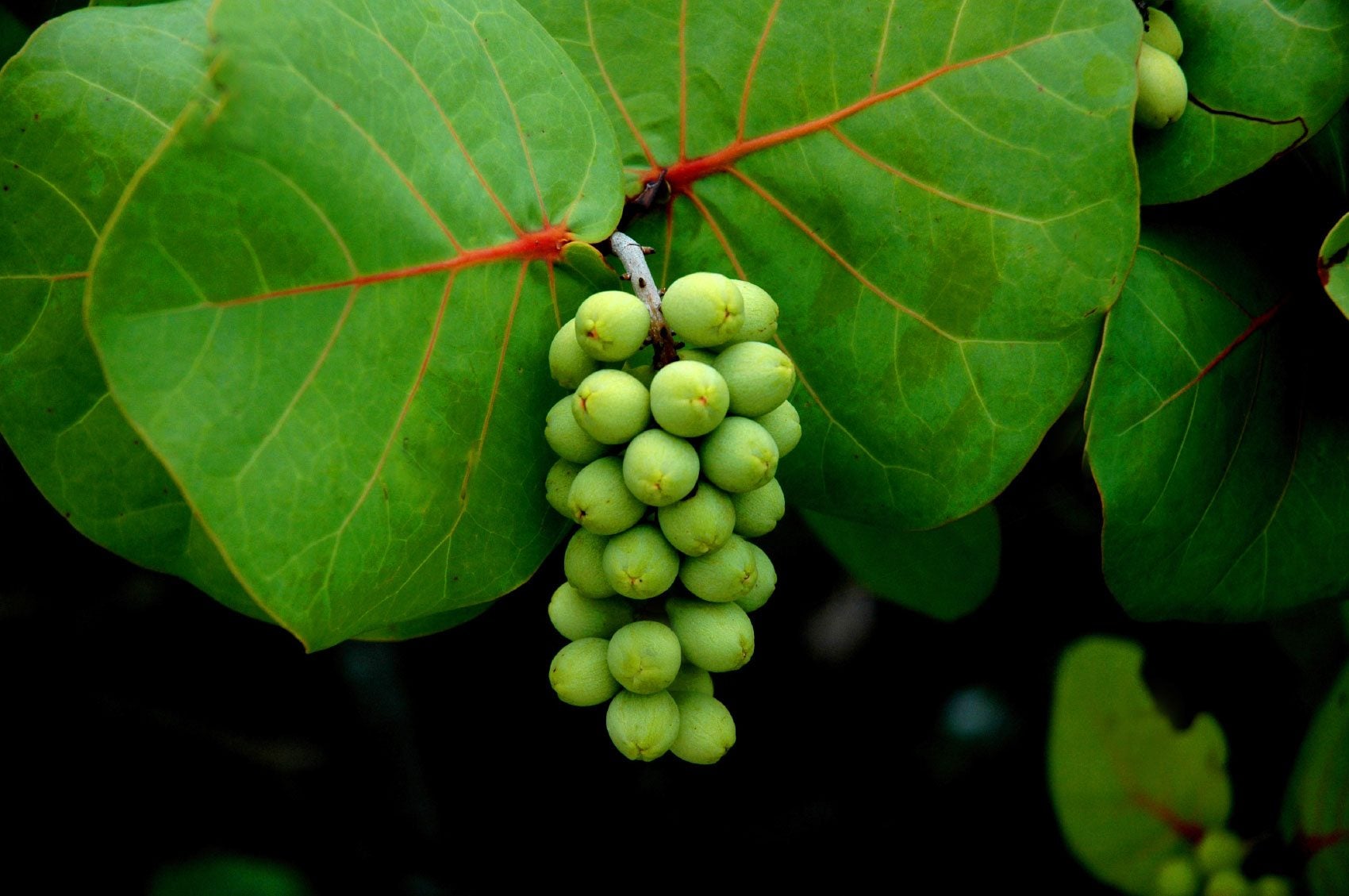
Culinary Uses
Traditional Gastronomy
Sea grapes have been an integral part of various cuisines in Southeast Asia for centuries. They are commonly consumed raw, either on their own or as a part of salads, sushi, and other dishes. With their unique texture and refreshing flavor, sea grapes add a delightful crunch and marine essence to a wide range of culinary preparations. In many traditional recipes, sea grapes are used to enhance the taste and visual appeal of soups, stews, stir-fries, and seafood and vegetable dishes.
Regional Delicacies
In different regions, sea grapes are cherished as delicacies and are prepared in diverse ways to suit local tastes. In Japan, sea grapes, known as “umi-budo,” are often served as a side dish or added to sushi rolls. In Southeast Asia, particularly in the Philippines and Vietnam, sea grapes are commonly used in salads, pickled, or served with coconut milk-based dishes. The versatility of sea grapes makes them adaptable to various culinary traditions, allowing for unique flavor combinations and enriching the overall gastronomic experience.
Sea Grape Products
Sea grapes have also found their way into the commercial food industry, with various sea grape-based products being developed. These products include sea grape jelly, sea grape chips, and sea grape-infused beverages. Additionally, extracts and powders derived from sea grapes are used as flavorings and natural food colorants. The increasing popularity of sea grapes has led to innovation in product development, resulting in a range of options for consumers to explore the diverse culinary possibilities they offer.
Recipe Ideas
If you’re interested in trying sea grapes and incorporating them into your cooking, here are a few recipe ideas to get you started:
- Sea Grape Salad: Combine fresh sea grapes with mixed greens, cherry tomatoes, cucumber, and a light vinaigrette for a refreshing and nutritious salad.
- Sea Grape Sushi Rolls: Use sea grapes as a filling for sushi rolls along with other ingredients such as avocado, cucumber, and cooked seafood or tofu.
- Sea Grape Tempura: Dip sea grapes in a light tempura batter and deep-fry them for a crispy and delicious appetizer or side dish.
- Sea Grape Soup: Add sea grapes to a light vegetable or seafood broth for a unique and flavorful twist on traditional soups.
These are just a few ideas, and the culinary possibilities with sea grapes are endless. Don’t be afraid to get creative and experiment with different flavors and combinations to discover your favorite ways to enjoy these delightful marine treats.
Nutritional Value
Macronutrient Composition
Sea grapes are not only delicious but also packed with essential nutrients. They are low in calories and fat, making them an excellent addition to a healthy diet. They contain a moderate amount of carbohydrates and a small amount of protein. The carbohydrate content in sea grapes mainly consists of dietary fiber, which aids in digestion and helps maintain a healthy digestive system.
Micronutrients and Phytochemicals
In addition to macronutrients, sea grapes are rich in micronutrients and phytochemicals, which contribute to their overall nutritional value. Sea grapes are a good source of vitamins, particularly vitamin C and vitamin A, which are essential for supporting immune function, maintaining healthy skin, and promoting good eye health. They also contain several important minerals, including calcium, iron, magnesium, and potassium, which contribute to bone health, red blood cell production, muscle function, and electrolyte balance.
Health Promoting Properties
Sea grapes offer numerous health benefits due to their nutritional composition and unique bioactive compounds. They are rich in antioxidants, which help protect the body against harmful free radicals and reduce oxidative stress. The phytochemicals present in sea grapes, such as flavonoids and phycocyanin, have anti-inflammatory properties, which can help alleviate inflammation-related conditions and promote overall well-being. The dietary fiber in sea grapes aids in digestion, promotes satiety, and contributes to healthy weight management.

Health Benefits
Antioxidant and Anti-inflammatory Effects
The antioxidants present in sea grapes play a key role in combating oxidative stress, which is associated with various chronic diseases, including heart disease, cancer, and neurodegenerative disorders. These antioxidants help neutralize free radicals and protect cells from damage, promoting overall health and longevity. Additionally, the anti-inflammatory properties of sea grapes contribute to reducing inflammation in the body, which is linked to chronic conditions such as arthritis, diabetes, and certain types of cancer.
Heart Health
Sea grapes are beneficial for heart health due to their nutrient composition. They are low in saturated fats and cholesterol, making them a heart-healthy food choice. The potassium content in sea grapes helps regulate blood pressure, reducing the risk of hypertension and cardiovascular diseases. Furthermore, the flavonoids present in sea grapes have been shown to improve blood circulation, reduce the risk of blood clots, and enhance overall heart function.
Digestive System Support
The dietary fiber content in sea grapes provides valuable support for a healthy digestive system. Fiber adds bulk to the stool, promoting regular bowel movements and preventing constipation. It also acts as a prebiotic, supporting the growth of beneficial gut bacteria and maintaining a proper balance of intestinal flora. A healthy digestive system is essential for nutrient absorption, waste elimination, and overall gut health.
Immune Boosting Properties
The vitamin C content in sea grapes contributes to their immune-boosting properties. Vitamin C is essential for the production of white blood cells, which play a crucial role in the body’s defense against infections and diseases. Including sea grapes in your diet can help strengthen your immune system and enhance its ability to fight off pathogens and maintain overall health.
Cognitive Function
Sea grapes contain nutrients that support brain health and cognitive function. The antioxidants found in sea grapes help protect brain cells from oxidative stress and inflammation, which are known to contribute to neurodegenerative diseases such as Alzheimer’s and Parkinson’s. Additionally, the vitamins and minerals in sea grapes, including vitamin A, iron, and magnesium, are essential for maintaining healthy brain function and supporting cognitive processes.
Skin and Hair Health
The vitamins, minerals, and antioxidants present in sea grapes contribute to healthy skin and hair. Vitamin C, in particular, plays a crucial role in collagen production, which is necessary for maintaining skin elasticity and preventing premature aging. The antioxidants in sea grapes help protect the skin from damage caused by free radicals and environmental factors. Additionally, the iron and B vitamins in sea grapes support healthy hair growth and prevent hair loss.
Weight Management
Sea grapes are a great addition to a weight management plan due to their low calorie and high fiber content. The fiber in sea grapes promotes a feeling of fullness, reducing the likelihood of overeating and aiding in weight control. Additionally, sea grapes provide essential nutrients while being low in fat, making them a nutritious and satisfying option for those looking to maintain a healthy weight.
Cultivation and Harvesting
Suitable Growing Conditions
Sea grapes have specific requirements for successful cultivation. They thrive in subtropical and tropical waters with temperatures ranging from 20 to 30 degrees Celsius. To cultivate sea grapes, a warm and sunny coastal area is ideal. Sandy or rocky substrates provide a suitable environment for the plants to anchor themselves, ensuring their stability and nutrient absorption. Additionally, sea grapes require clean water with good water movement to promote their growth and minimize the risk of contamination.
Propagation Methods
The cultivation of sea grapes can be achieved through various propagation methods. The most common method is through vegetative propagation, where small sections of the plant, known as cuttings, are used to grow new plants. These cuttings are taken from existing sea grape plants and are then attached to a suitable substrate, such as rock or coral, where they can develop roots and grow into new plants.
Planting and Maintenance
Once the cuttings have developed roots, they can be planted in the desired cultivation area. It is essential to maintain proper spacing between plants to ensure optimal growth and prevent overcrowding. Sea grapes require regular watering and adequate sunlight for photosynthesis. Maintaining a clean planting area, free from debris and pollutants, is crucial for the health and vitality of the plants.
Pest and Disease Control
Sea grapes are relatively resistant to pests and diseases, making them relatively easy to cultivate. However, like any crop, they are still susceptible to certain issues. Common pests that may affect sea grape cultivation include sea slugs, sea urchins, and certain species of fish. Regular monitoring and appropriate pest control measures, such as physical barriers and biological control methods, can help protect the plants from damage.
Harvesting Techniques
The timing of the sea grape harvest depends on the desired size and maturity of the plants. Generally, sea grapes can be harvested between 45 and 60 days after planting, when the leaves have reached the desired size and firmness. To harvest sea grapes, the entire branch cluster is carefully cut or gently detached from the plant using scissors or a sharp knife. It is essential to handle the harvested sea grapes with care to prevent damage and maintain their quality.
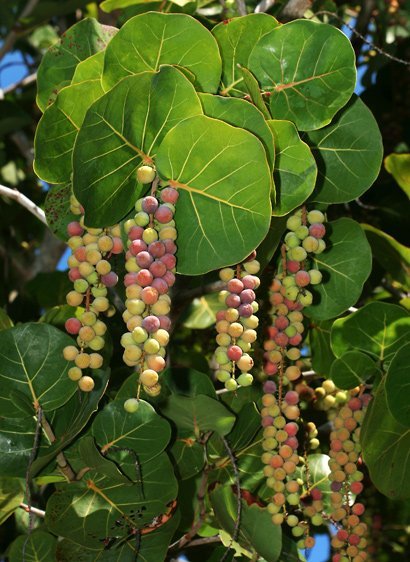
Common Varieties
Distinguishing Features
While Caulerpa lentillifera is the most well-known variety of sea grapes, there are other species of Caulerpa that are also consumed and valued for their culinary and nutritional properties. These species may have variations in appearance, flavor, and texture, but all share the general characteristics of sea grapes. Some common distinguishing features among different sea grape varieties include leaf size, branch structure, and coloration.
Popular Cultivars
Among the various sea grape varieties, certain cultivars have gained popularity for their unique attributes. For example, the “Green Caviar” sea grape variety, known for its vibrant green color and small round leaves, has become a favorite among both chefs and home cooks for its visual appeal and crunchy texture. Another popular cultivar is the “Prolifera” sea grape, which has longer branches and larger leaves, resulting in a distinctively different overall appearance.
Regional and Local Variations
Sea grape cultivation and consumption can vary between different regions and localities, leading to slight variations in taste, texture, and culinary uses. For example, sea grapes consumed in Japan may have a milder flavor compared to those harvested in Southeast Asia, where they are often more robust and impart stronger marine notes. Additionally, local cuisine and traditional recipes may incorporate sea grapes in specific ways, resulting in unique regional delicacies and flavor combinations.
Conservation Efforts
Habitat Preservation
Conservation efforts for sea grapes focus on preserving their natural habitats and ensuring the long-term sustainability of these marine plants. Protecting coastal areas and maintaining water quality are crucial for the survival and growth of sea grapes. Conservation organizations and government agencies work together to establish marine protected areas, implement sustainable fishing practices, and regulate coastal development to minimize the negative impact on sea grape populations and their ecosystems.
Sustainable Harvesting
Sustainable harvesting practices are necessary to prevent overexploitation of sea grape resources. This involves implementing fishing regulations, such as size limits and seasonal restrictions, to allow sea grapes to reproduce and replenish their populations. Additionally, efforts are made to educate fishermen and local communities about responsible harvesting techniques and the importance of preserving sea grape habitats.
Community Involvement
Conservation efforts for sea grapes often involve active participation from local communities and stakeholders. Educating communities about the ecological importance of sea grapes and their role in maintaining coastal biodiversity helps foster an environment of awareness and stewardship. Encouraging community-led initiatives, such as sea grape cultivation and eco-tourism, can provide alternative livelihoods and incentives for preserving sea grapes and their habitats.
Legal Protection
In some regions, sea grapes are legally protected to prevent their depletion and ensure their sustainability. These protective measures may include regulations on harvesting, cultivation, and trade. By implementing legal protection, authorities can enforce sustainable practices and discourage illegal activities that may harm sea grape populations.
In conclusion, sea grapes are fascinating marine plants with a unique and impressive array of qualities. From their grape-like appearance and refreshing taste to their abundant nutritional benefits and versatile culinary uses, sea grapes offer a delightful addition to various dishes and are enjoyed by many across different cultures. However, it is essential to cultivate and consume sea grapes responsibly, considering their environmental impact and conservation efforts. By respecting their natural habitats and supporting sustainable practices, we can continue to enjoy the wonder and benefits of sea grapes for generations to come.
